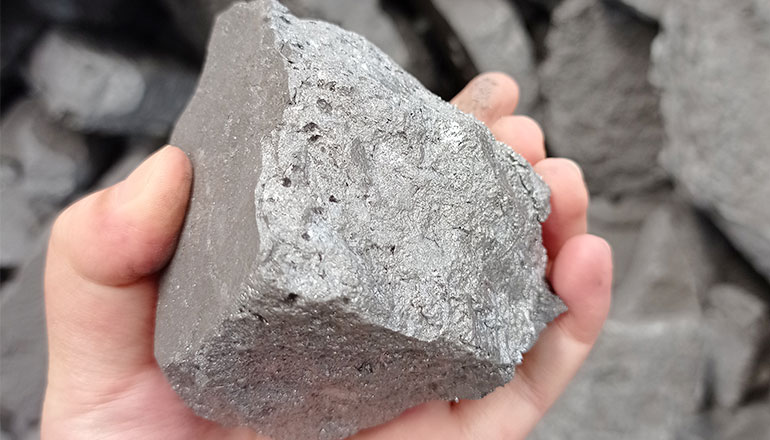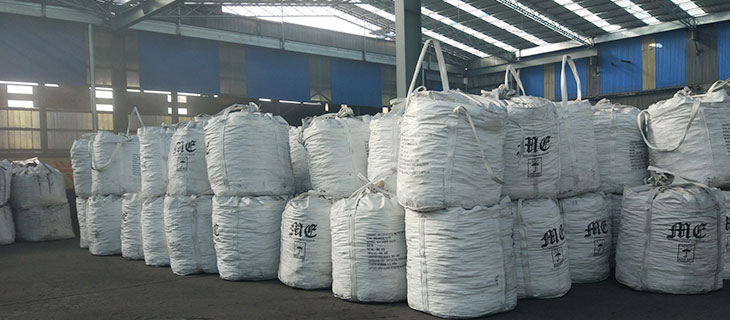
Ferrosilicon industry chain and cost composition
The upstream raw materials of ferrosilicon mainly include coke (blue carbon) and silica, and the power consumption is very high, the production of a ton of ferrosilicon requires 8000 degrees of electricity, and the power consumption accounts for more than 53% of the cost. The main downstream parts of ferrosilicon include magnesium metal plants, founds, steel mills and exports, with an annual consumption of about 5 million tons. The main producing areas of ferrosilicon are concentrated in the five northwestern provinces, Inner Mongolia and Gansu are the main producing areas, and the Ordos Group in Inner Mongolia accounts for the largest proportion, more than 30%.
Policy impact and market response
The state issued an action plan for energy conservation and carbon reduction, rationally controlled the scale of the semi-coke industry, prevented the blind launch of high energy consumption and high emission projects, and cancelled the preferential price of electricity in high energy consumption industries, which may lead to the rise of ferrosilicon electricity bills and an increase in costs. In 2021, due to the impact of energy consumption policy, the price of ferrosilicon industry once rose to 17,000 yuan/ton, and the current market interpretation of the policy may lead to similar price increase expectations.
Recent market performance and price trend
In the first quarter of this year, the price of ferrosilicon continued to fall, to the end of March and early April below the cost line, and began to rebound due to production cuts in mid-April, and the current price is about 7000-7100 yuan/ton. The current profit of ferrosilicon has improved over the same period last year, and has come out of the loss area in early April, and the current profit per ton is about 1,000 yuan. Ferrosilicon inventories are at a low level, and spot supply is tight, resulting in higher spot prices.
Future outlook and risk tips
The future price trend of ferrosilicon is mainly affected by electricity, coal prices and policies, and the market is more optimistic about the favorable interpretation of policies, but the fundamental demand growth is limited, and attention should be paid to investment risks. In the short term, iron silicon production may be limited due to policy regulation, but in the long term, if profits remain high, some zombie capacity may resume production.
Exports are not expected to increase significantly, subject to the high tariff of 25%, the annual export volume may be less than 400,000 tons.
Other relevant information
The cost of ferrosilicon in crude steel is very small, but the cost of magnesium metal is relatively large, and the demand for magnesium metal has a greater impact on the price of ferrosilicon. Leading enterprises such as Ordos participate in the futures market less, mainly supply steel mills and physical trade, Ningxia and other provinces have a higher proportion of futures participation.

